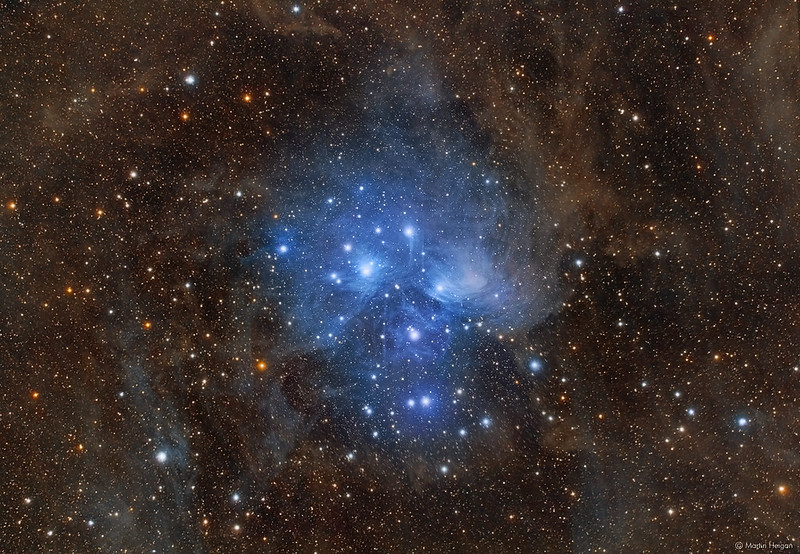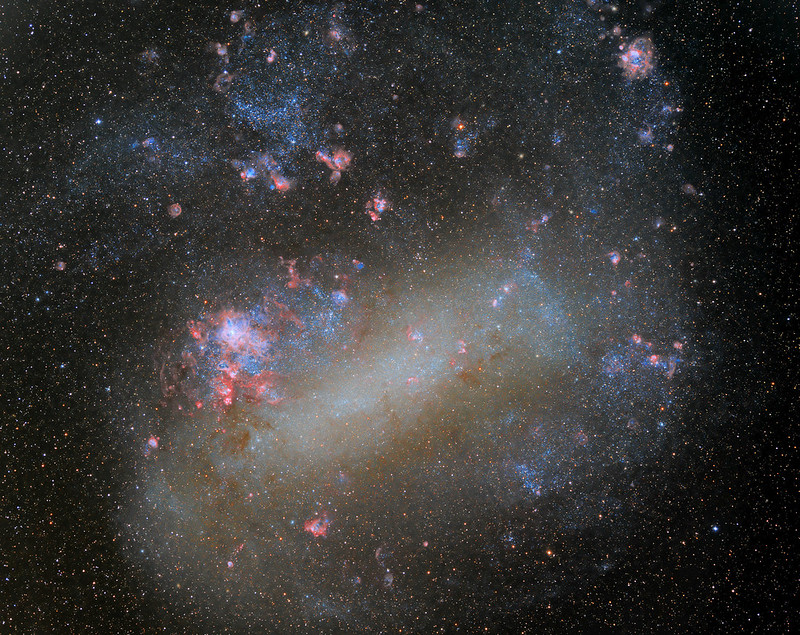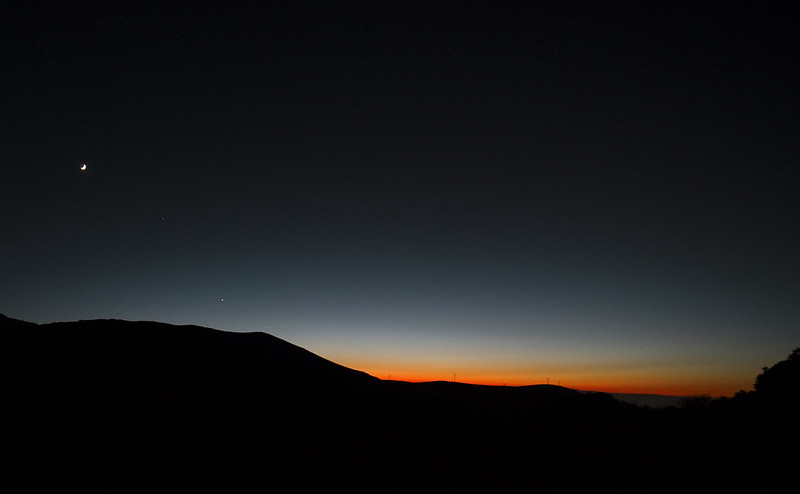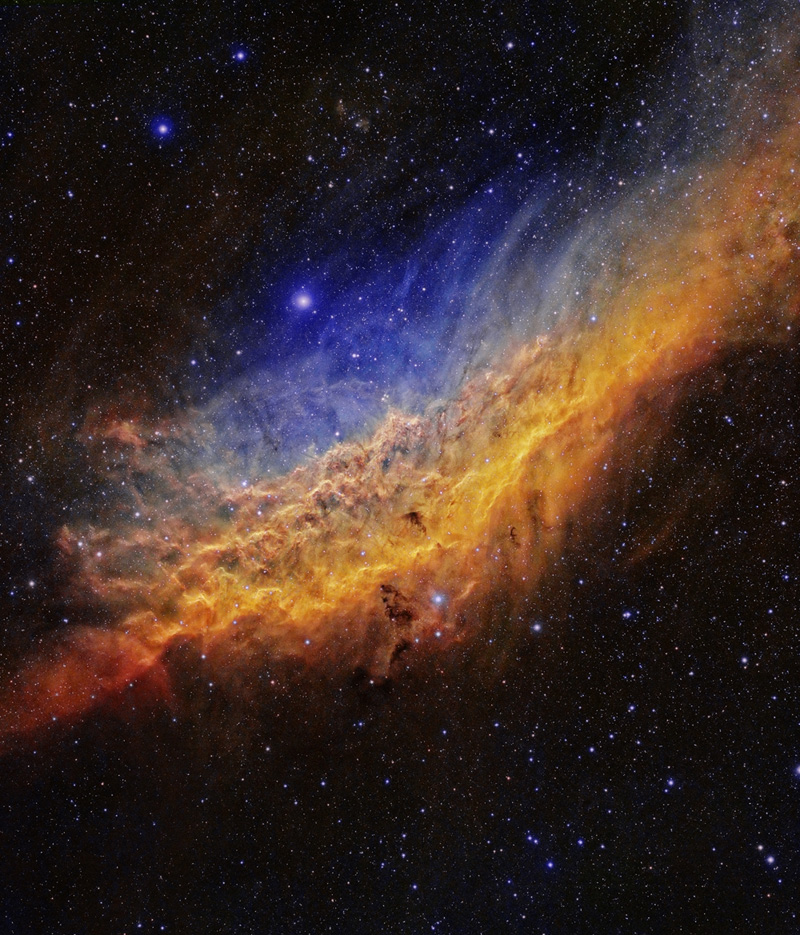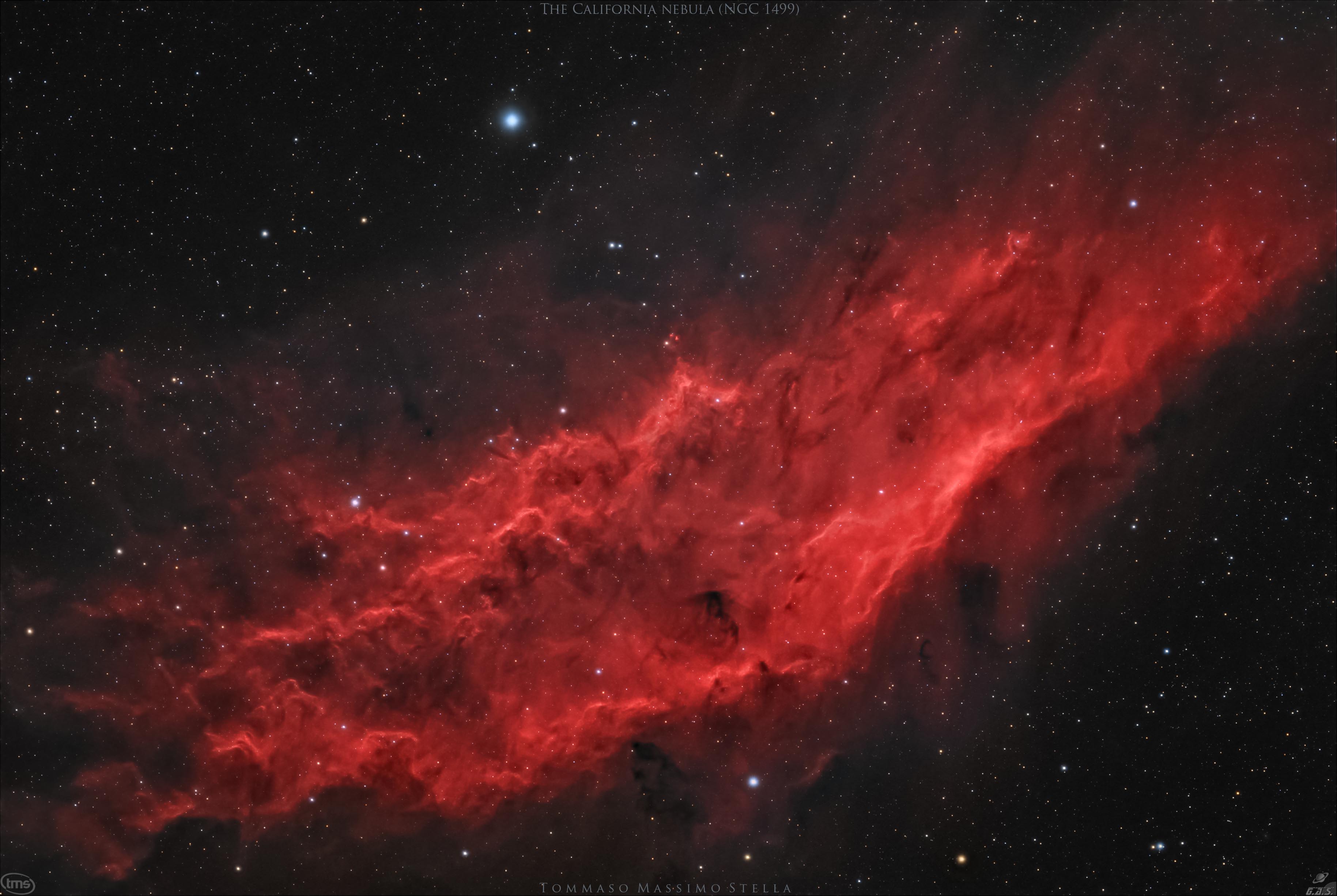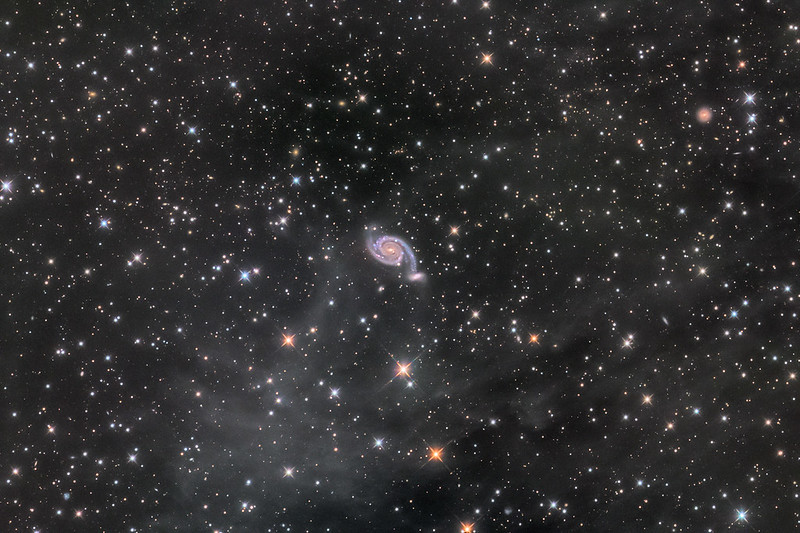I would like to submit my picture of M42 and NGC 1977. I know that you must receive a lot of pictures like this, but I am taking my chances anyways as I am very proud of the result and got a lot of great positive feedback. It can show what can be achieve with decent, yet far from top of the line equipment, in an heavily light polluted area.
 High Resolution Version
High Resolution Version
Technical detail:
This photo is a composite of two set of exposures I took on November 30th, 2019.
The first set consists of 20 x 180s exposures @iso 400 and the second consists of 60 x 15s exposures @iso 200. I have combine the shorther subs to to the longer one to get show a bit of the trapezium in M42 as it was overexposed.
Location: Gatineau, Québec, Canada
Bortle scale: 8
Temperature: -5 C
Taken from my front yard, between 2 lamp posts. This really shows that even with heavy light pollution, one can get very good results.
Equipment used:
• Scope: William Optics Zenithstar 73
• Flatener: William Optics Flat 73 (1:1)
• Camera: modded canon T3i
• Guide scope: William Optics Uniguide 50mm
• Guiding cam: ASI 120mm-mini
• Mount: HEQ5-Pro
• Filter: Optlong l-pro clip-in
Taken using APT to control the mount and camera and phd2 for guiding.
I have stacked both set of exposures in deep sky Stacker and then did the following in process in Photoshop CC:
• Removed Gradient using gradient exterminator
• Levels to set black point
• Convert to 16 bit
• Stretched using levels
• Curves edit
• Adobe raw filter for dehaze, clarity, texture and noise reduction
• Isolated the core from the shorter subs and integrated on the longer subs stack using a layer mask and opacity reduction.
I got into astrophotography back in 2014, I was using a simple tripod, a DSLR and an intervalometer. I then got a Star Adventurer in 2018 and started experimenting on DSO and milkey way shots stacking. I got my recent gear back in September of this year and really started to get more serious.
Thank you for your consideration

